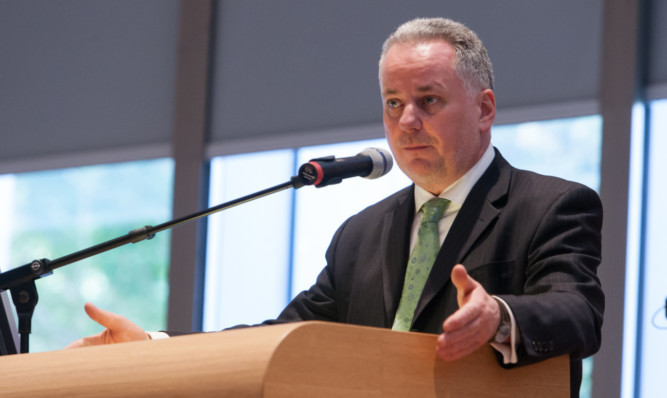Former first minister Jack McConnell has blamed the “carnage” in Scottish Labour on Ed Miliband’s decision to work hand-in-hand with the Tories during the independence referendum campaign and his treatment of Holyrood as a “branch office”.
The SNP’s Scottish landslide in the general election became “inevitable” when Mr Miliband appeared alongside David Cameron and Nick Clegg with a joint “vow” of more powers for Scotland, he wrote in the Scottish edition of The Times.
But “the vow” had no impact on the referendum result and spawned the “incoherent” Smith Agreement which is “certain to fail”, he said.
Lord McConnell described embattled Scottish Labour leader Jim Murphy, who is facing a no-confidence vote from the trade unions this week, as “energetic” and “repentant”, insisting no leader could quell the fire that Mr Miliband created.
He also took a swipe at former Labour prime minister Tony Blair’s suggestion that Labour will never win Scotland back “by being more Scottish”.
He said: “Ed Miliband, already the most unpopular of the Westminster leaders in Scotland, effectively dismissed the party chief in Scotland, created the ‘branch office’ scandal and fed the fire. A fire that any new leader, even the energetic, repentant Jim Murphy, could not stem.”
He said the election result “became inevitable from last September when ‘the vow’ was announced in the final days of the referendum campaign”.
He added: “The Smith Commission was established, bringing together four parties with wildly differing agendas six months before an election. It was certain to fail.
“An agreement was reached, but for a set of proposals that was inadequate and imbalanced on taxation, and incoherent in other areas.”
He said Mr Cameron “was right to identify the need to deal with the English consent question”, commonly known as English-votes-for-English-laws, and Labour “was wrong to resist”.
“Wake up and smell the coffee,” he added.
“My head has been in my hands over the weekend. Not just because of the carnage in the Scottish Labour Party; not just when Tony Blair said ‘we must not be more Scottish’ when he would never say ‘we must not be more British’; but because the Prime Minister has signalled he will march ahead with the Smith proposals and he has continued with the out-of-date secretary of state posts rather than modernise the way we are governed.
“Please stop! We can’t go on like this. We need to find a settlement that works for people, not politicians, and that engages the UK Government in all of the UK.”
